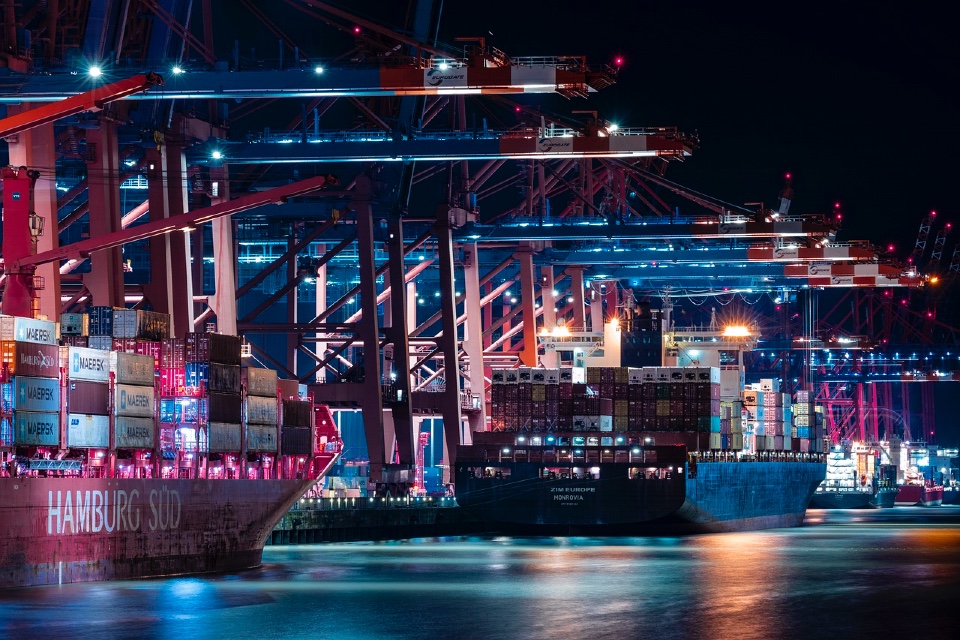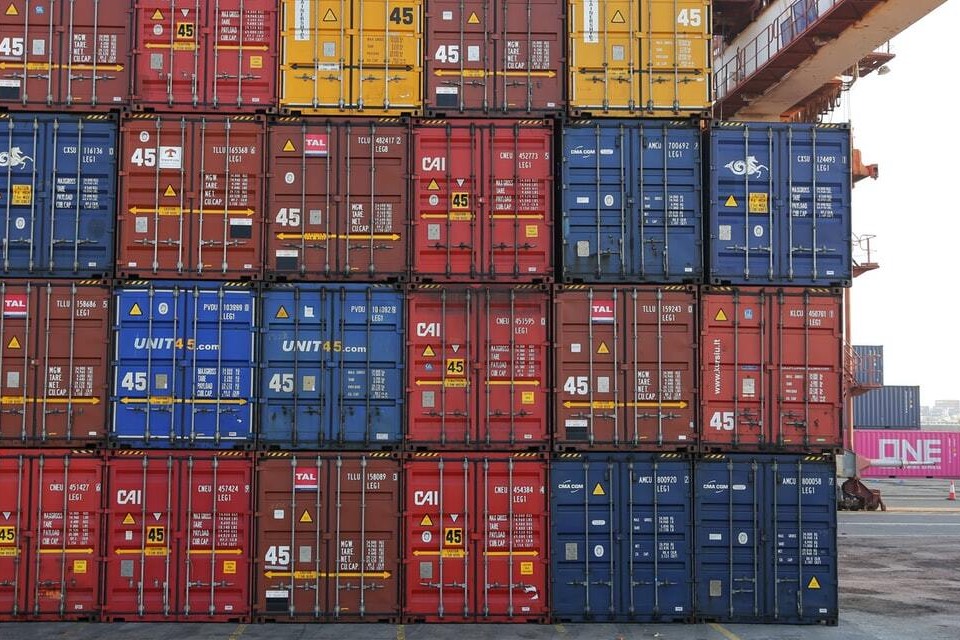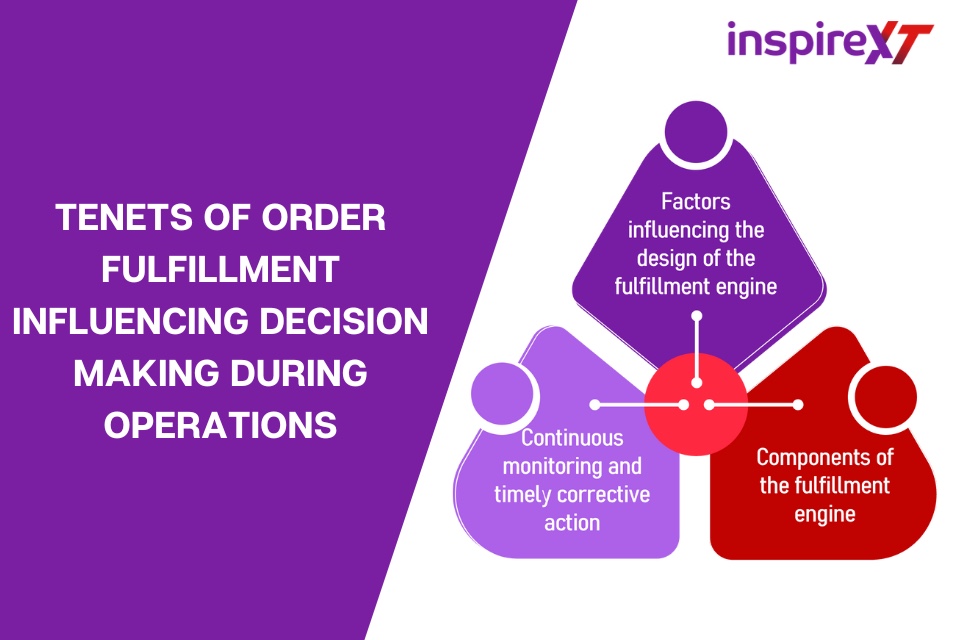Planning a Nordic Market entry or already have established Nordic e-commerce customers?

Buying products online is a long-established habit of most of the population in the Nordic countries. All of them, Sweden, Denmark, Finland and Norway were out early when it came to building an internet infrastructure, also in thinly populated areas. So, Nordic consumers have been relatively mature in their behavior when it comes to e-commerce […]
OPINION: ‘Data-fication’ set to drive transformation in Transport and logistics

By Kirstie van Oerle, Partner, Netcompany As we look ahead to this year, it is from the position of continuous volatility that the past twelve months have brought. Transport and logistics companies, still in COVID recovery mode, face a raft of challenges as external factors combine to ensure that the road before us is anything […]
How retailers can improve sustainability and profitability in home delivery

Today, home delivery and sustainability are coming together in consumers’ minds. Descartes recently conducted a comprehensive study to help retailers understand not only how this convergence is changing consumer home delivery preferences; but also how retailers can take advantage of these evolving preferences to help themselves and the environment. The good news is that consumers […]
Green = Go: How the transport sector is innovating in the face of climate change

With national governments and transnational coalitions taking urgent action in the mission to conquer climate change, transformation in the transport sector is crucial to cut emissions and prepare for a more sustainable future. Here, touch technology innovator Zytronic considers some of the most exciting developments in the transport sector… Key findings: Transport is the […]
The top six eCommerce trends for 2023 and why businesses shouldn’t ignore them

There are over 60 million eCommerce users in the UK alone (Source: Statista), meaning the vast majority of UK residents now shop online. When a new generation of tech-savvy kids start shopping, the industry will only expand further, so it’s crucial that online retailers continue to innovate if they want to keep growing too. James […]
2023 will be the year that retailers get pragmatic… and that includes supply chains

By Melissa Minkow, Director, Retail Strategy at digital consultancy, CI&T 2022 saw a focus on data sharing and innovation for retail. However, with inflation continuing to soar and the cost-of-living crisis deepening, in 2023 the spotlight will be on the consumer and meeting their needs in the most pragmatic ways possible. Consumers will be spending their […]
Ensuring resilient warehouses with high-performance bonded internet

If there is one word to define 2022, it is ‘unpredictable.’ The European logistics industry, in particular, has had a rollercoaster of a year so far, and, as a result, supply chain agility has proven to be of utmost importance. The ability to react quickly to changes in the market, unexpected hurdles and fluctuating customer […]
Heard of a diversified rate strategy? Here’s how to build one

By Zencargo The past two years has seen the rate market fluctuate and it has not been until recently where we’ve seen a shift as rates have declined on major trade lanes. Given the market volatility, how should you build a rates strategy to make your supply chain more resilient and agile against market volatility? To […]
What is order fulfillment?

Order Fulfillment in simple terms means the ability to satisfy customer demand in time with best customer experience. In short, the demand and supply should balance each other. A conservative plan has risk of potential loss of sale extending to loss of confidence and trust from the customer which will make the business spiral downwards. […]
Getting more from supply chain data

In the last several years, businesses have faced an increasing number of challenges when it comes to operating their supply chains. From recession and rising customer expectations to the likes of Amazon making their logistics into a competitive advantage. And now digitalisation has created disruption in the way businesses manage their supply chain. All of […]

